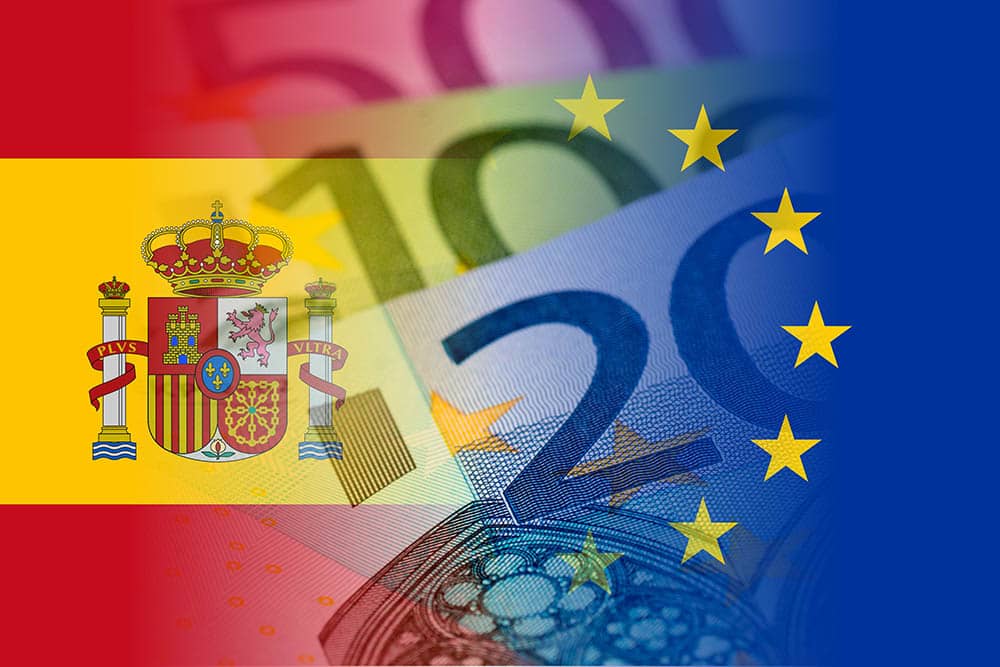Eurozone Disinflation is Back on Track
- Written by: Gary Howes

Image © Adobe Stock
Eurozone inflation dropped back in February, according to initial data from Spain, France and Germany.
The key takeaway for the European Central Bank (ECB) will be that core inflation is showing significant signs of cooling, which points to the potential for further interest rate cuts beyond next week's expected 25 basis point reduction.
France on Friday said inflation halved from 1.8% to just 0.9% year-on-year in February, which was below the consensus at 1.2%.
Although lower energy bills are largely behind the move, core goods and services inflation fell, with the services down 0.4 percentage points.
German inflation for February remained unchanged at 2.3% y/y and core inflation fell to 2.6% from 2.9%.
"Given the structural weakness of the eurozone economy as well as looming tariffs and lower inflationary pressure on the back of a turn in the labour market, we still think that eventually the ECB will have to bring rates down to at least 2%," says Carsten Brzeski, Global Head of Macro at ING Bank.
Thursday's Spanish CPI inflation - usually a good indicator of Eurozone trends - remained at 2.9% y/y. However, core CPI inflation, which excludes energy and food, decreased by 0.3 pts to 2.1%.
"National data published so far suggest that euro-zone headline inflation dropped back in February, and that core inflation might have finally started to come down more significantly. This would support those on the ECB’s Governing Council arguing for further rate cuts even beyond next week’s meeting," says Franziska Palmas, Senior Europe Economist at Capital Economics.



